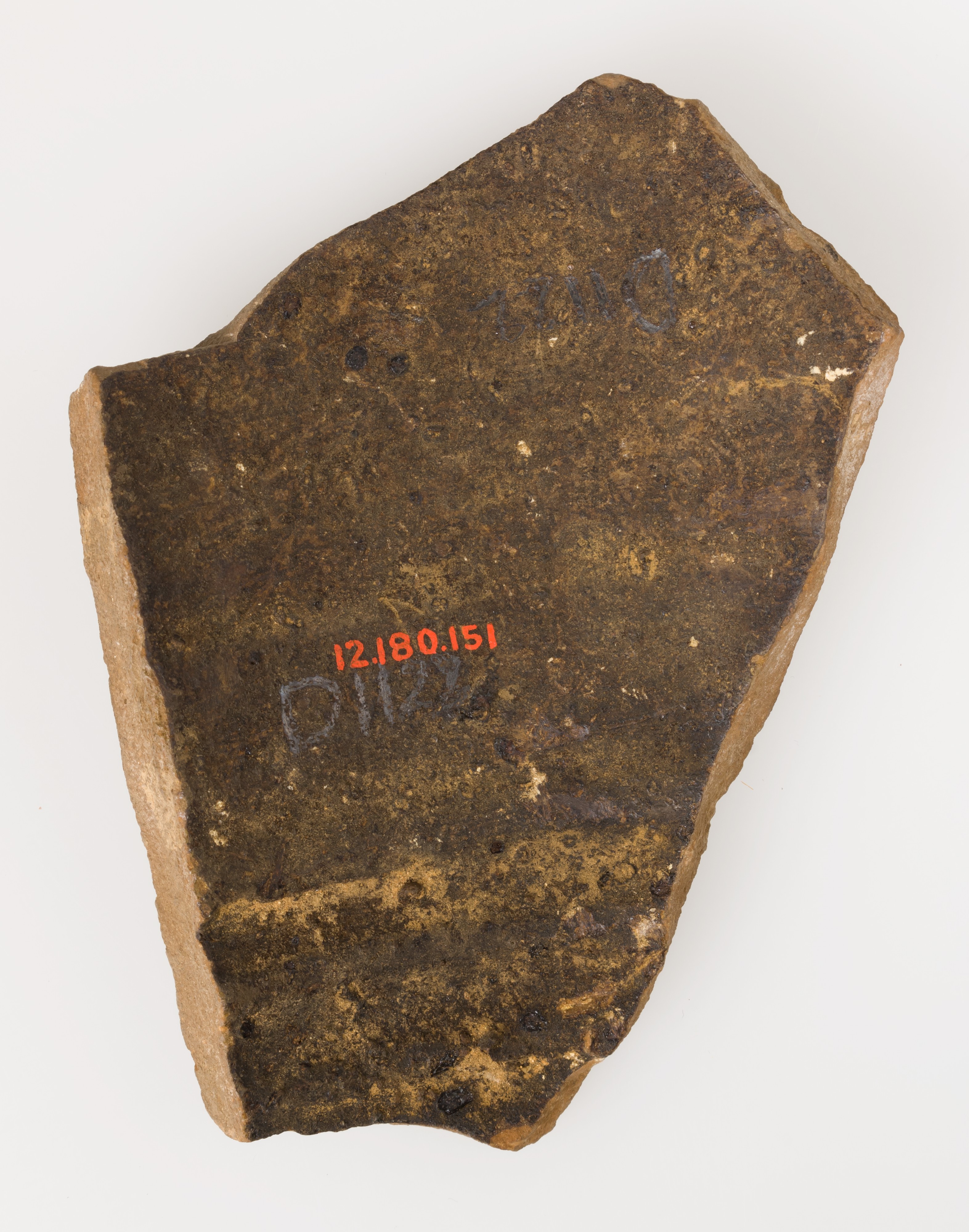Ostrakon from Maria and Susanna Jointly to Panachora
Not on view
Ostraca are texts written on broken pottery, which were employed when parchment was unavailable or too expensive. At Epiphanius a large number of ostraca were discovered in the monastery, including in its rubbish heaps; they record biblical verses, legal documents, sermons, financial accounts, school texts, and letters requesting assistance and prayers. Some reveal that, even at the southernmost border of the Empire, people were still aware of events in the capital, Constantinople.
Ostracon from Maria and Susanna Jointly to Panachora
On this fragmentary document, each woman writes in her own hand to the hermit: I, Maria, (it is) do write unto Panachora, (saying,) Be so good, let thy compassion reach me and send me a—, for my heart is flown forth. [For] the barbarians have carried off the father and have carried off the son…me the—; for they have slain…my heart [is] flown forth. If—to me , and my heart be at rest. I do obeisance unto thy holiness. I, Susanna…do write and do obeisance…of the feet of thy [holi]ness. Be so good…my son…dead. We will repay you.
Due to rights restrictions, this image cannot be enlarged, viewed at full screen, or downloaded.
This artwork is meant to be viewed from right to left. Scroll left to view more.



